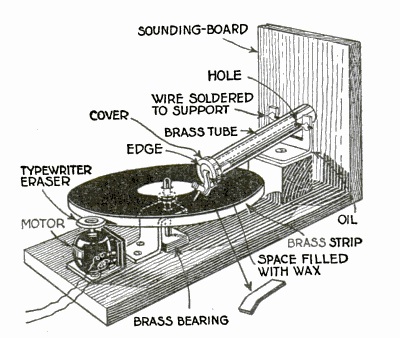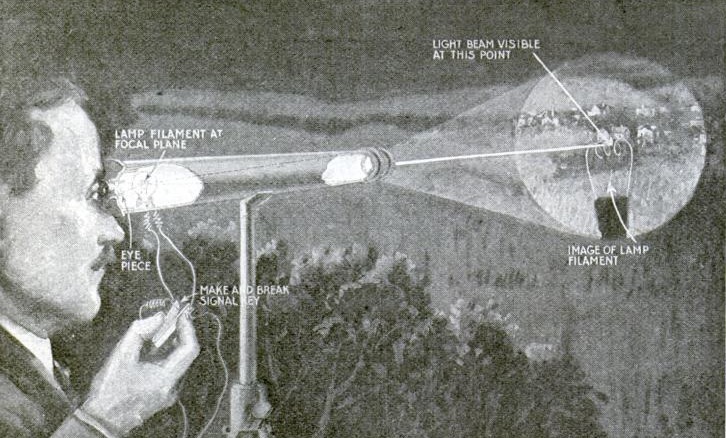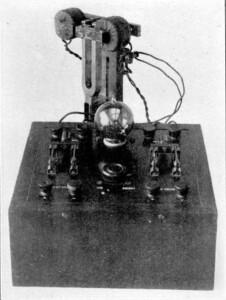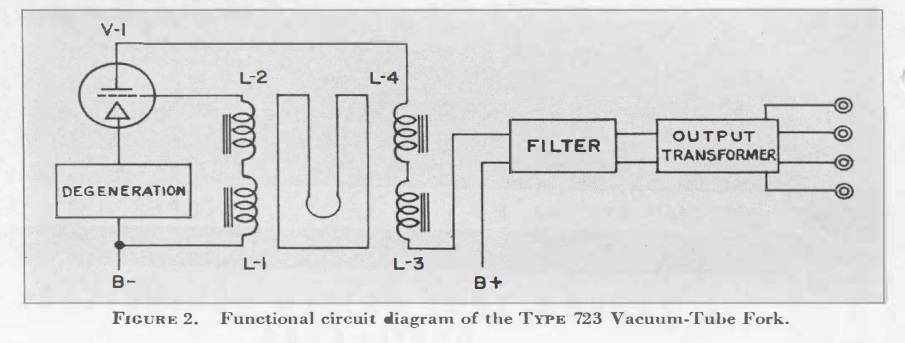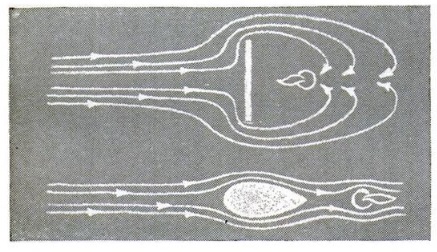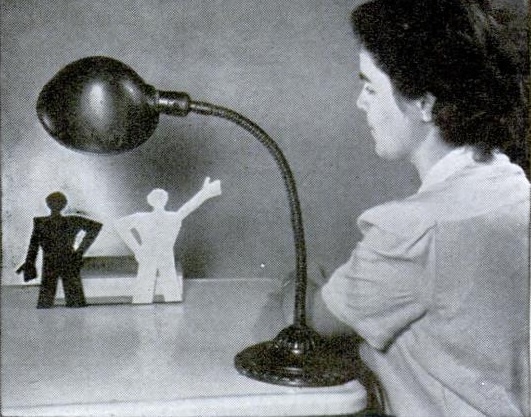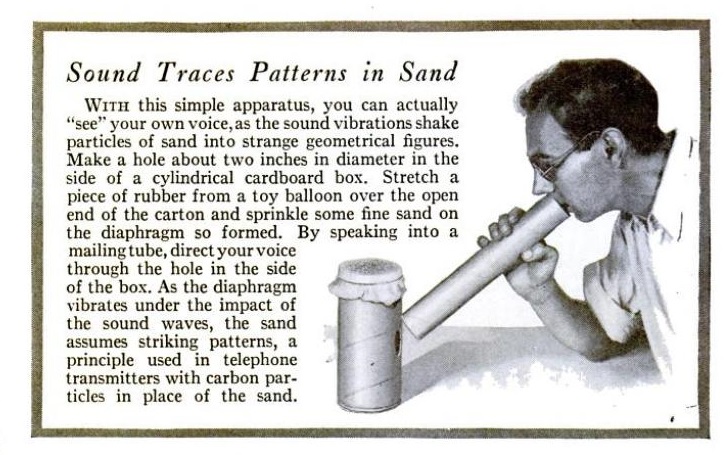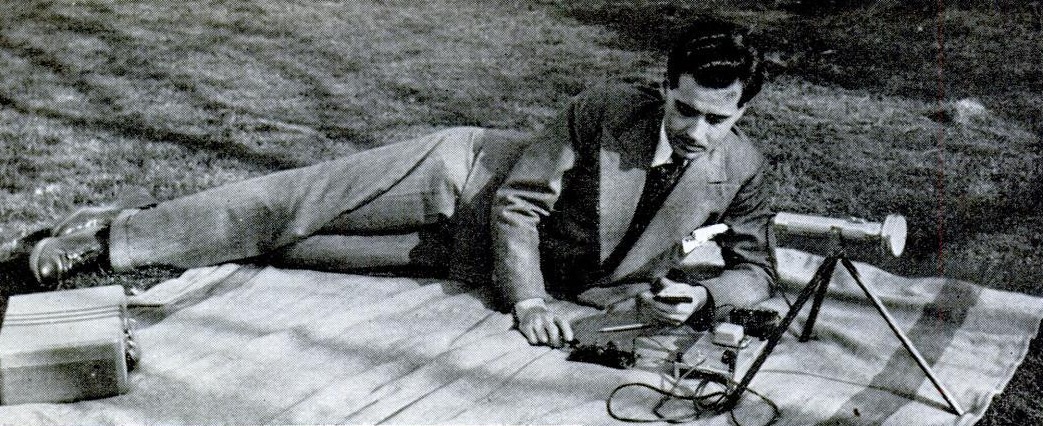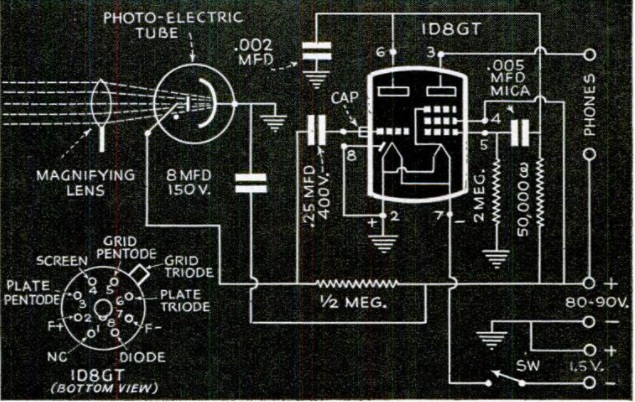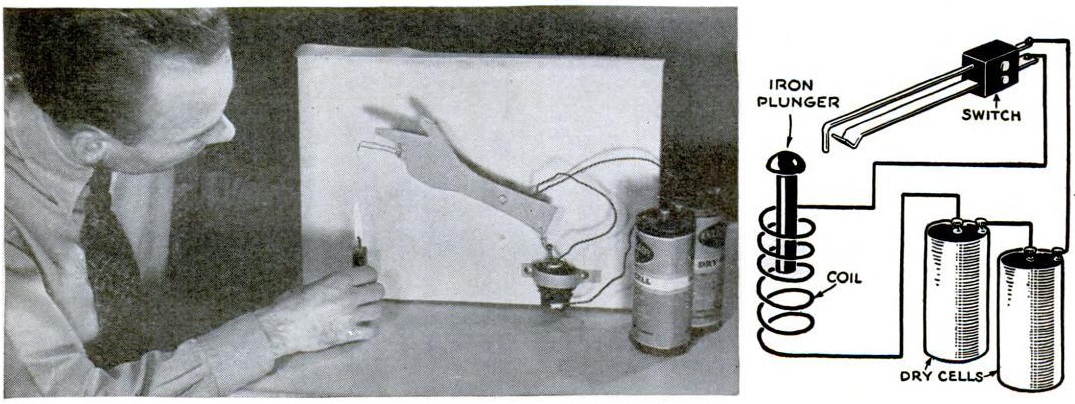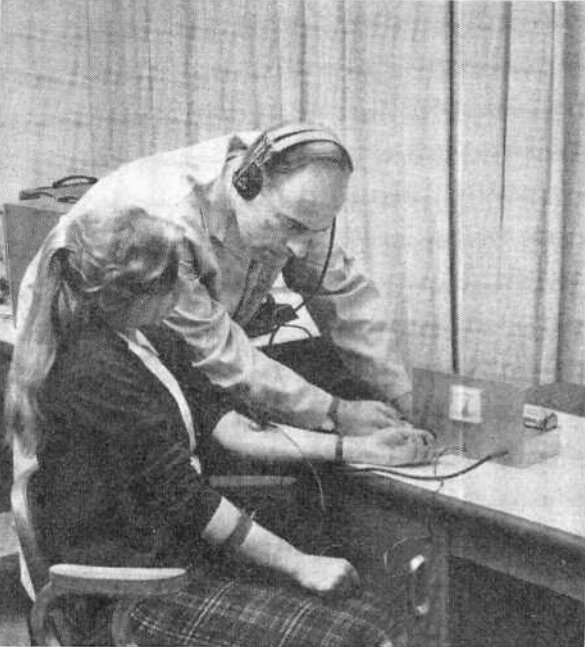A hundred years ago, the cost of a phonograph was becoming reasonable so that most Americans could afford one. But for the frugal handyman, there was another option, as shown here in the October 1921 issue of Popular Science.
Not only could the home craftsman make his own phonograph and save some money, but the homemade version would be superior to most commercial phonographs. The majority of the machines were hand-crank phonographs, but this one was electric, relying on a motor powered either by batteries or household current.
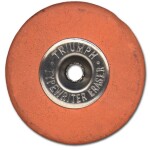 The platter was made of a piece of brass, with another strip of brass soldered to the edge. This was driven by the motor using a friction drive made of a typewriter eraser
The platter was made of a piece of brass, with another strip of brass soldered to the edge. This was driven by the motor using a friction drive made of a typewriter eraser
like the one shown here. Surprisingly, you can still buy a manual typewriter, but this style of typewriter eraser is no longer made. Like everything, however, you can find them on eBay.
The magazine explains how to construct the pickup and tone arm, which consists of a brass tube and the lid from a jelly jar. The board at the rear not only supports the tone arm, but serves as a sounding board, presumably providing room-filling audio.
One issue that is not addressed by the article is how to regulate the speed, since the motor will need to be spinning at about the right number of revolutions per minute. The relative size of the eraser and platter will, of course, provide some gearing, and there would be some room for experimentation. And with a DC motor, the voltage could be used to get the speed right. But the motor is going to have to start out at approximately the right speed, so some experimentation would be necessary for which motor to use.
As long as the craftsman got the bugs worked out, the result would be a quality phonograph, albeit not as aesthetically pleasing as the one normally found in the parlor. Students looking for an interesting science fair project can follow the instructions provided by Mr. Wizard in the video below. All you need is a pencil, a pin, a piece of construction paper, some tape, and, of course, a record that you don’t mind suffering possible damage.
Some links on this site are affiliate links, meaning this site earns a small commission if you make a purchase after clicking the link.

